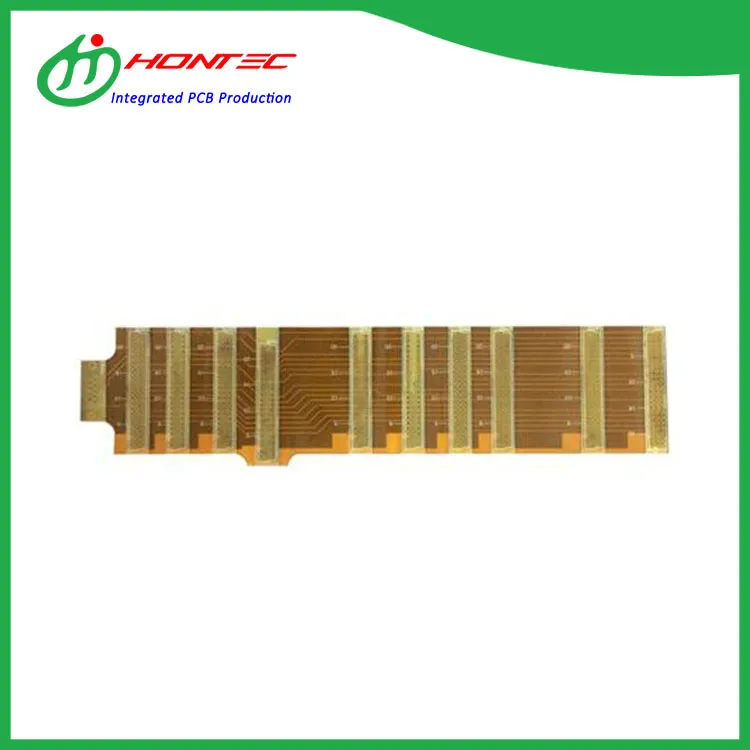Information about Ceramic PCBs
2024-07-28
Selecting a ceramic PCB involves evaluating several factors to ensure that the material and design meet the specific requirements of your application. Here’s a detailed guide to the selection considerations for ceramic PCBs:
1. Thermal Management Needs
- Thermal Conductivity: Evaluate the thermal conductivity of the ceramic material. Higher thermal conductivity materials, such as aluminum nitride (AlN) or beryllium oxide (BeO), are better for applications with significant heat dissipation needs.
- Thermal Expansion: Consider the coefficient of thermal expansion (CTE) of the ceramic material to ensure it matches the CTE of other components and substrates to prevent mechanical stress and delamination.
2. Electrical Properties
- Dielectric Constant: Select a ceramic with the appropriate dielectric constant based on the frequency of the signals in your application. Lower dielectric constants are preferable for high-frequency applications to minimize signal loss and distortion.
- Insulation Resistance: Ensure that the ceramic material provides high insulation resistance to prevent electrical leakage and interference.
- Frequency Response: For RF and microwave applications, ensure the ceramic material has suitable properties to maintain signal integrity.
3. Mechanical Properties
- Strength and Durability: Consider the mechanical strength and durability of the ceramic material. Ceramics can be brittle, so the chosen material should withstand the mechanical stresses encountered during assembly and operation.
- Dimensional Stability: Evaluate the material’s ability to maintain its dimensions and properties under varying environmental conditions, such as temperature fluctuations and humidity.
4. Application Environment
- Temperature Range: Ensure that the ceramic PCB material can operate effectively within the temperature range of your application. Some ceramics have high-temperature resistance, making them suitable for extreme environments.
- Chemical Resistance: If the PCB will be exposed to chemicals or corrosive substances, select a ceramic material that provides adequate chemical resistance.
5. Manufacturing and Processing
- Fabrication Techniques: Consider the compatibility of the ceramic material with your preferred fabrication techniques, such as screen printing, etching, and sintering.
- Complexity of Design: Evaluate whether the ceramic material can support the complexity of the PCB design, including multi-layer structures and fine features.
6. Cost and Availability
- Material Cost: Ceramic materials, especially high-performance ones like beryllium oxide, can be more expensive than traditional FR4 materials. Balance performance needs with budget constraints.
- Lead Time: Consider the availability of the ceramic materials and the lead time for manufacturing and delivery. Custom ceramics may have longer lead times.
7. Reliability and Certification
- Reliability Testing: Ensure that the ceramic PCB has been tested for reliability under conditions similar to those of your application. Look for data on failure rates, durability, and performance under stress.
- Certifications: Check if the ceramic PCB meets industry standards and certifications relevant to your application, such as automotive, aerospace, or medical standards.
8. Design Considerations
- Layer Count: Determine the number of layers needed for your PCB and ensure that the ceramic material supports multi-layer configurations if required.
- Via and Interconnects: Consider how vias and interconnects will be handled in the ceramic PCB design. Ceramic PCBs typically require specific processes for drilling and plating vias.
9. Supplier Capabilities
- Experience and Expertise: Choose a supplier with experience in producing ceramic PCBs for applications similar to yours. Their expertise can ensure high-quality and reliable products.
- Support and Services: Evaluate the level of support and additional services offered by the supplier, such as prototyping, design assistance, and technical support.
Summary
Selecting the right ceramic PCB involves balancing performance requirements with practical considerations such as cost, manufacturability, and environmental factors. By carefully evaluating the thermal, electrical, and mechanical properties of the ceramic material, as well as the specific needs of your application, you can make an informed decision that ensures the reliability and effectiveness of your PCB.



